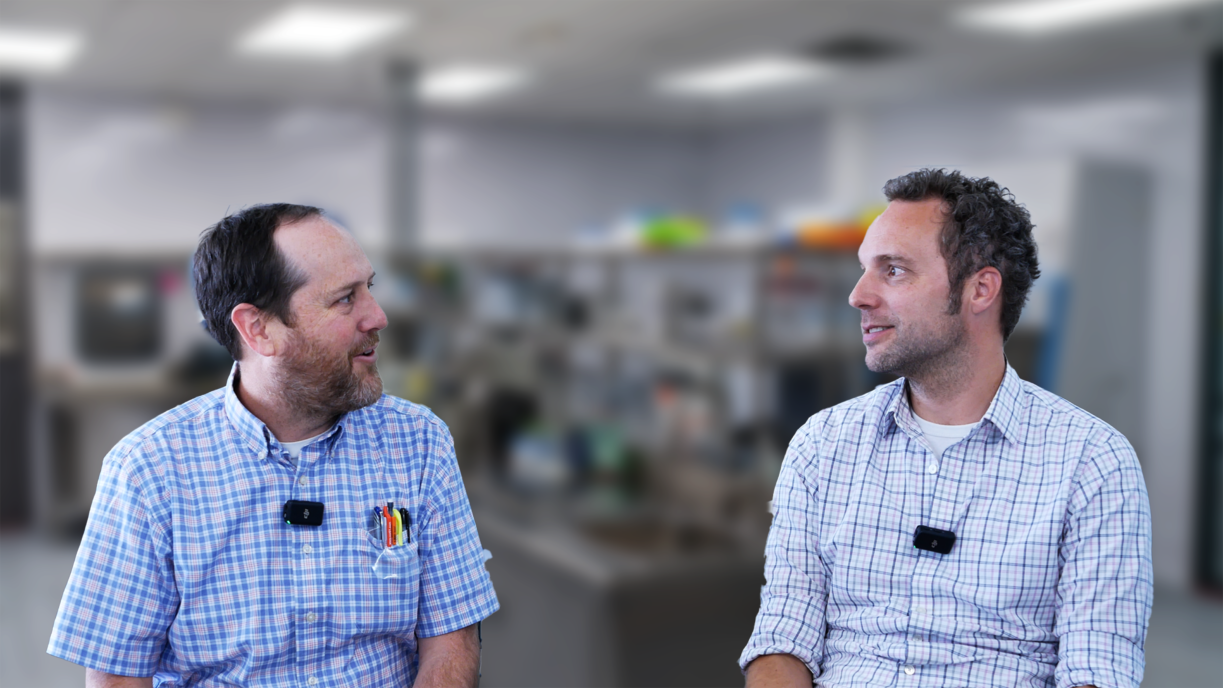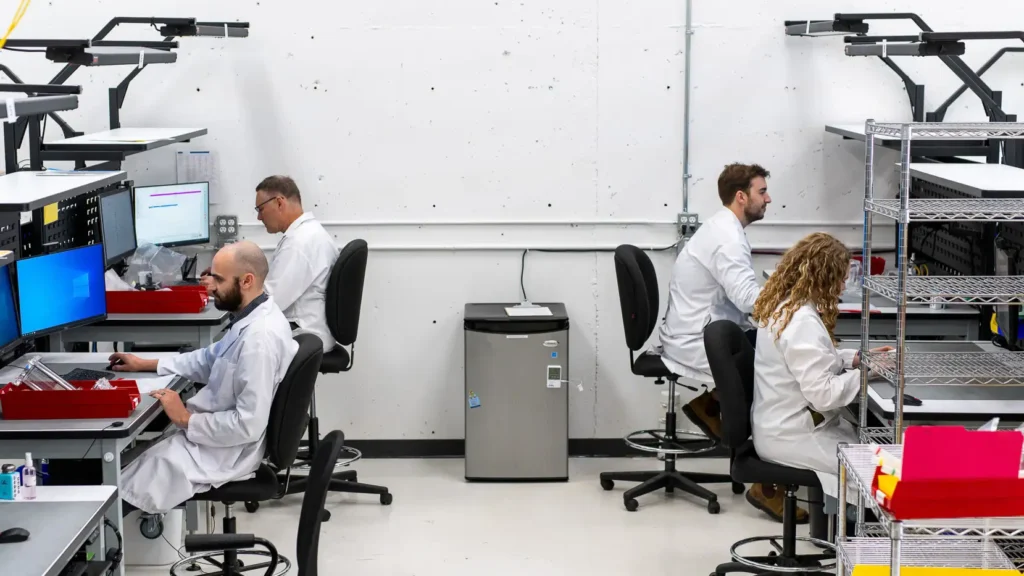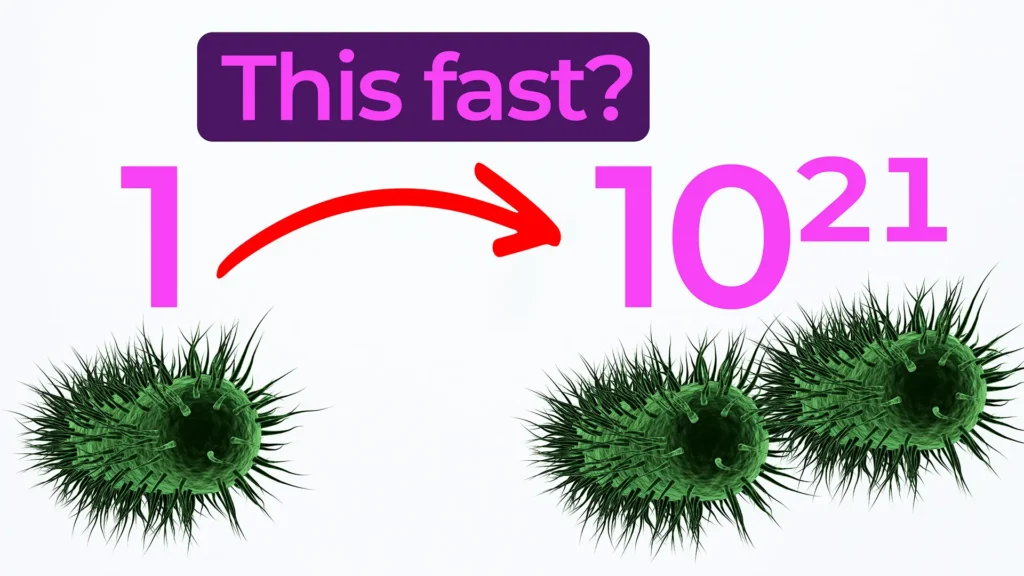
Bio Break: The Story of PCR and Taq Polymerase
In this episode of Bio Break, Joris van der Heijden and Nick Allan continue their exploration of nature-inspired innovations, focusing on one of the most transformative breakthroughs in molecular biology: the polymerase chain reaction (PCR) and its key component, Taq polymerase.
Joris recounts the discovery of Taq polymerase, an enzyme found in Thermus aquaticus, a heat-resistant bacterium discovered in the hot springs of Yellowstone National Park. This enzyme’s ability to withstand extreme temperatures made it foundational to PCR, a technique that revolutionized molecular biology, genetic testing, and forensic science. The discovery was a turning point, enabling scientists to replicate DNA at high temperatures without degrading the enzyme—a feat that has had a profound impact on laboratory research worldwide.
The hosts discuss the pivotal moments in PCR’s history, including its invention in 1983 by Kary Mullis, and its vast applications today, such as:
- Infectious disease testing
- Genetic screening and diagnostics
- Forensic science and criminal investigations
They also delve into advancements in enzyme engineering, explaining how human ingenuity has improved the functionality of natural enzymes like Taq polymerase. Examples include the development of hot-start polymerases for precise DNA replication and proofreading enzymes for increased accuracy. Recent breakthroughs, like isothermal replication, eliminate the need for thermal cycling, simplifying workflows for medical devices.
This episode highlights how millions of years of evolution have provided tools that humanity can refine for critical applications. The story of Taq polymerase exemplifies the powerful synergy between nature and science, showcasing how discoveries rooted in the natural world can drive innovation in healthcare and beyond.
Whether you’re a scientist, engineer, or simply curious about the intersection of biology and technology, this episode offers a fascinating glimpse into how nature-inspired solutions are shaping the future of medical devices.
The Story of PCR and Taq Polymerase
For Startups or Founders developing a device that incorporates novel technology or is like nothing else, the FDA breakthrough medical device program may be the best regulatory option. Learn more.
Related Resources

In MedTech, success rarely comes from invention alone. Plenty of promising technologies make it through verification and early clinical work, only to stall when the team tries to turn them into something buildable.

From how much of your body is actually bacterial to how fast microbes can multiply, these facts are designed to stick with you long after the party ends.

In medical device development, verification is both a safeguard and a stress test, not just for the product, but for the process.

In the world of medical device development, requirements are often treated as a regulatory tax, essentially documentation created solely to satisfy a compliance need.
